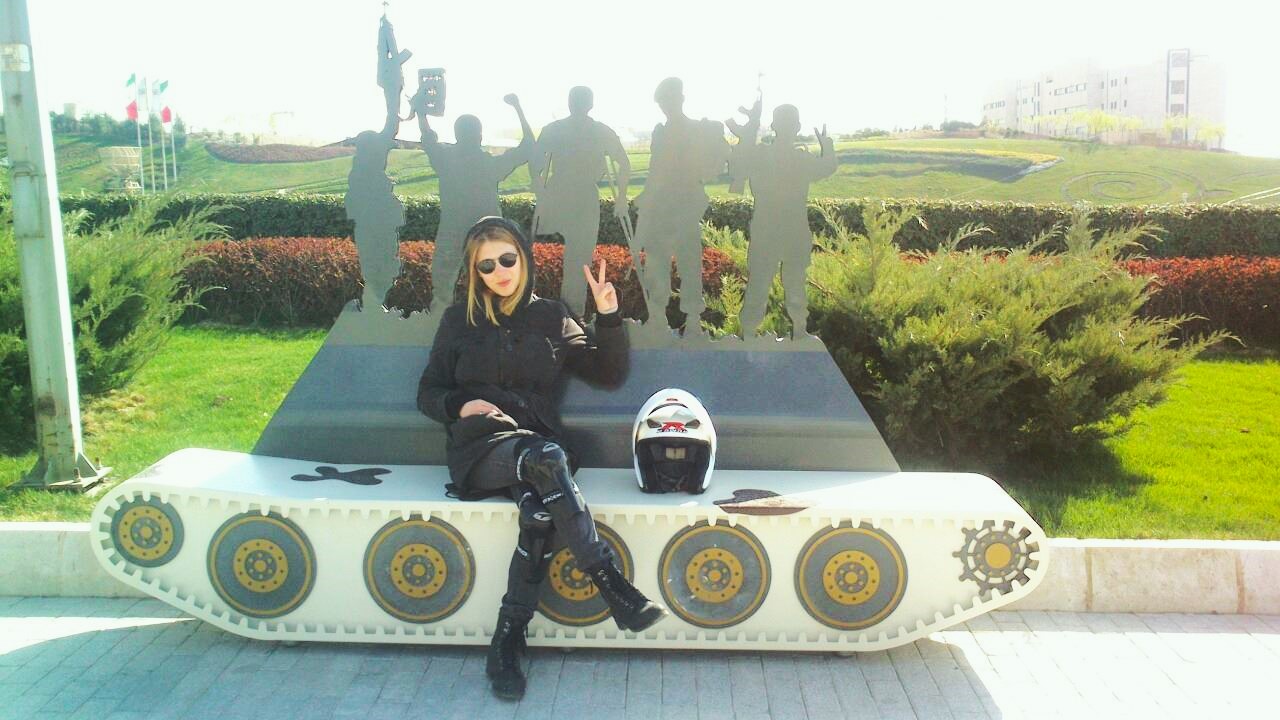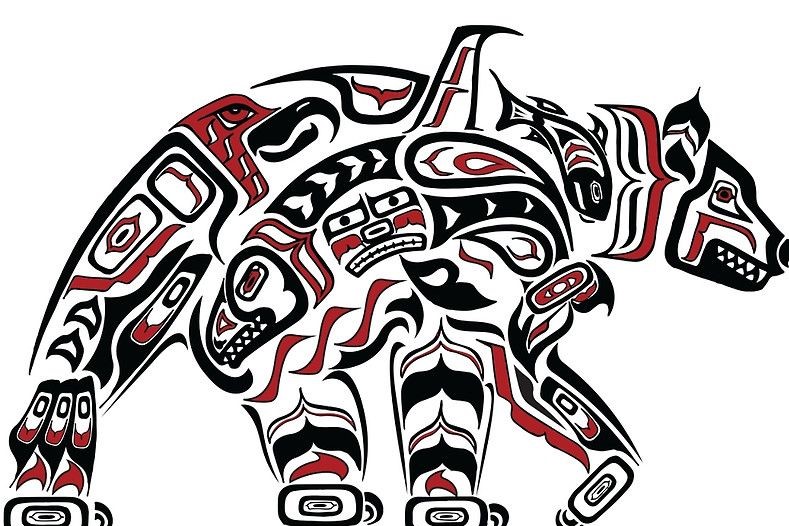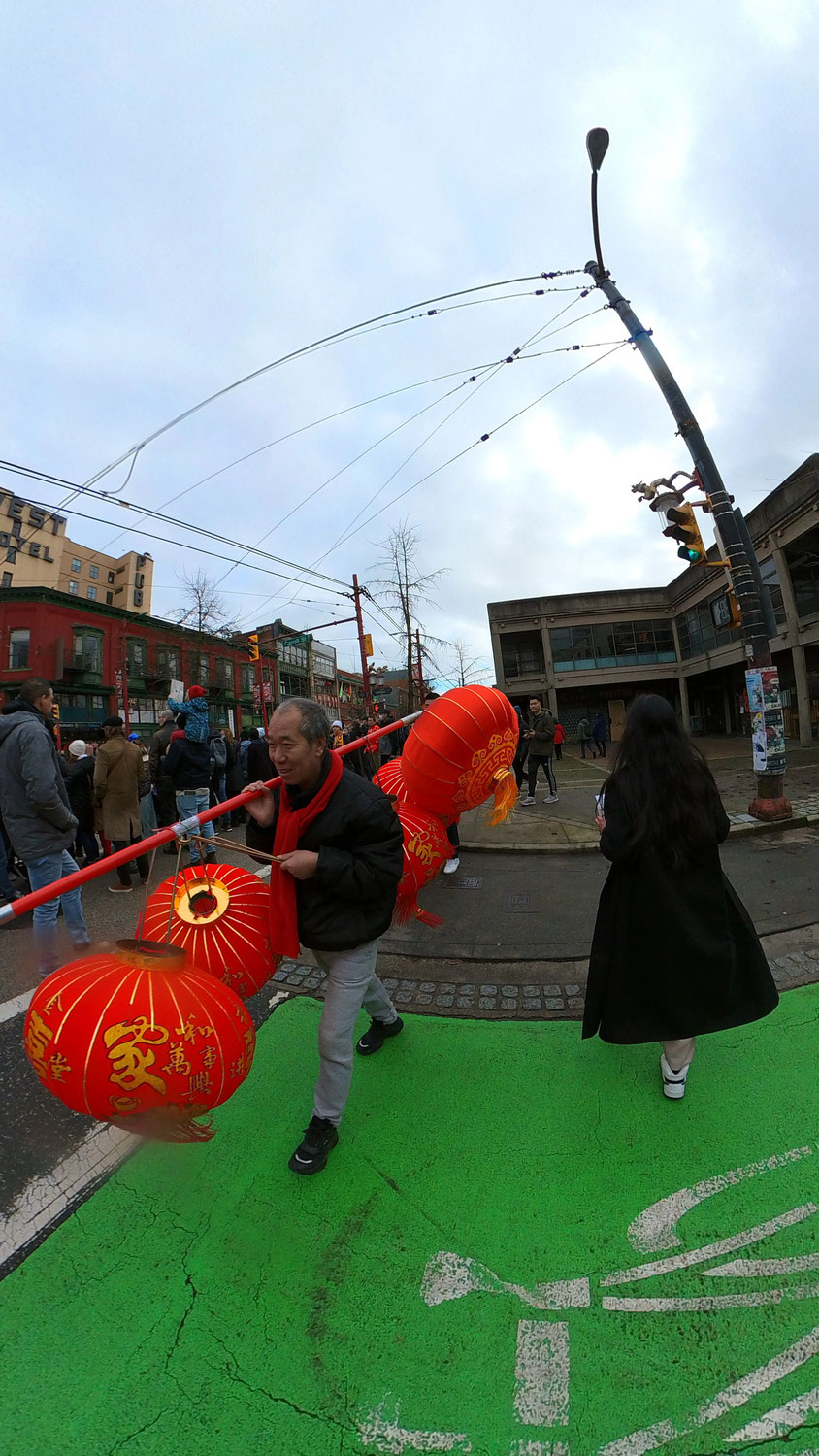06. May 2025
Setare—that was the name of the grandmother who had won our grandfather’s heart. From the moment Ismail first met her, he knew he would marry her. But Setare’s wealthy Turkish parents disapproved of the match. To them, Ismail was just a poor young man—kind, sincere, but not worthy of their daughter. Despite this, the young couple began meeting in secret.
18. April 2025
I take off my heavy motorcycle helmet and place it on my iron competitor—my husband’s bike. We’re somewhere on the outskirts of Tehran. Around us stretch yellow-burgundy hills and dry, parched earth. In the distance, young trees have just been planted, their delicate green a quiet contrast to the dust.
The motorcycle broke down right at the top of the hill. I step aside and wait calmly while my beloved husband tries to fix the problem, carefully inspecting the source of the breakdown.
01. April 2025
In Iran, it’s common to see a photo of the founder of a family business displayed on the wall of a restaurant or private shop. The older the business, the more prestigious it is considered. For the children or grandchildren, continuing the work of such a highly respected family breadwinner becomes a significant responsibility.
Typically, portraits of men proudly dominate such photographs. But once, in an old Tehran photo studio, a young girl was gazed at me from a black-and-white image.
HURMA · 07. February 2023
What do you see when you look at Haida paintings? Another hidden picture? Geometric shapes and red and black colors? Yes, this is the Haida style, which was created and preserved to this day by the native inhabitants of North America, the Haida tribe. They decorated their own bodies with such drawings.
HURMA · 29. January 2023
Chinese New Year, also known as Lunar New Year or Spring Festival, is the most important festival in China and a major event in some other East Asian countries.
1 Applies to shipping within Canada. Information about shipping policies for other countries can be found here: Payment and Delivery Information





